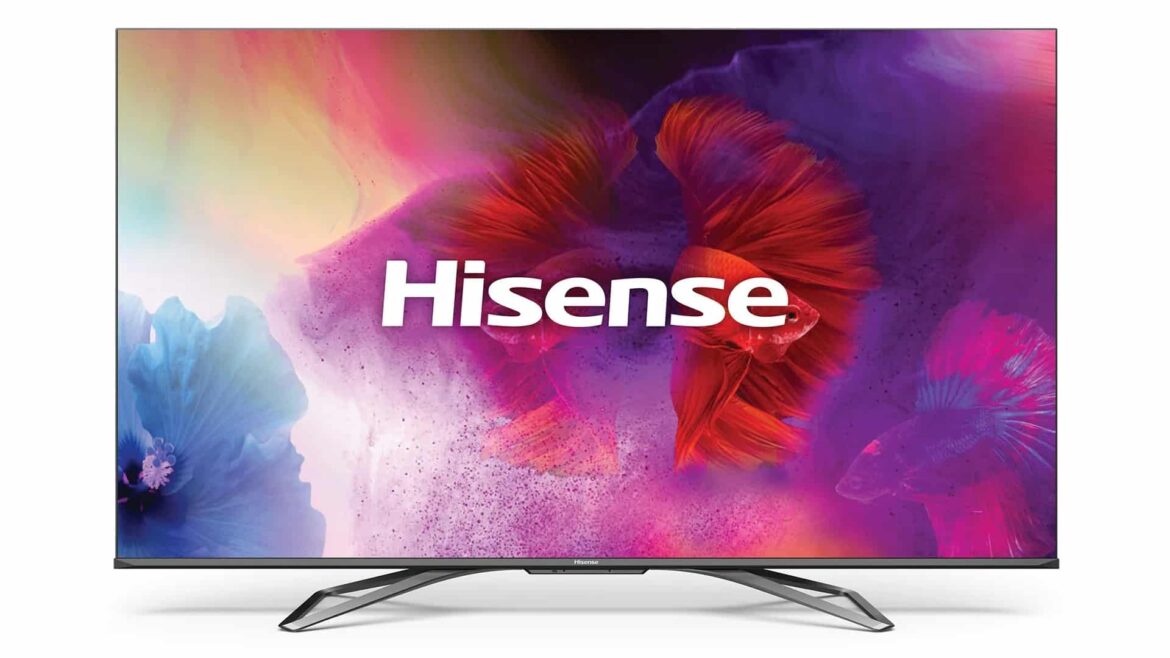6.2K
With the right tips for optimal picture settings, a Hisense TV offers an experience that shows movies, series, and games with unprecedented precision. This guide combines technical know-how with practical steps—from basic calibration to hidden features of new models.
Hisense TV tips: Optimal picture settings as the foundation for brilliance
The basis of every impressive picture lies in correct calibration. Use these adjustment screws to fine-tune color depth, contrast, and brightness – without overkill effects.
- Select picture mode: Start with “Cinema” or “Filmmaker Mode.” These modes automatically disable motion smoothing and reduce artificial sharpness. On newer models such as the Hisense E8Q Pro, “Dolby Vision IQ” also activates dynamic brightness adjustments depending on the ambient light.
- Adjust brightness and contrast: Use a dark scene (such as from “Stranger Things”). Adjust the brightness so that details in shadows remain visible without a gray haze. The contrast should allow bright areas to shine without blowing out whites – test with white text on a black background.
- Adjust color temperature: “Warm2” delivers natural skin tones and neutralizes blue casts. Models with TriChroma LED technology (e.g., U8K series) achieve more precise gradations thanks to 97 percent BT.2020 color space – “Warm1” is sufficient here.
- Adjust sharpness: Set the slider between 10 and 20 percent. Higher values cause image noise, especially with streaming content. Additionally, disable “AI Ultra HD” in the settings – the HI-View AI engine optimizes upscaling automatically without manual intervention.
Technology meets practice: TriChroma LED, Obsidian Screen, and gaming features
Hisense’s latest models feature hardware innovations that will impress even the most demanding users. Here’s how to use them effectively.
- TriChroma LED technology: These triple laser LEDs achieve up to 10,000 nits of brightness, enabling more realistic HDR—such as glistening sun reflections in “Dune.” Combine them with “Local Dimming Ultra” to minimize blooming effects in dark scenes.
- Obsidian Screen in daylight: The matte, anti-glare panel type (available in the E7HQ Pro, for example) reduces reflections by 75 percent and deepens black tones through microscopic light absorption layers. Ideal for rooms with windows.
- Gaming optimizations: Activate VRR (Variable Refresh Rate) and ALLM (Auto Low Latency Mode) in “Game Mode Pro” (E8Q Pro, U7K) to eliminate stuttering and reduce input lag to 8.9 ms. For PS5 or Xbox Series X, use HDMI 2.1 connections to enable 4K/120 Hz.
- HI-View AI Engine: The AI chip analyzes scene types (sports, landscapes, faces) in real time and adjusts contrast, color balance, and sound across 16 channels. Example: During soccer broadcasts, the engine automatically enhances the green tones of the grass and reduces motion blur.
- Note on fine tuning: Use calibration tools such as the “AVS HD 709” test image on YouTube to check gray scales and color gradients. Avoid using the service menu (often accessed via the “Menu” button + code 1147) without expertise – incorrect settings can damage the panel or processor.

